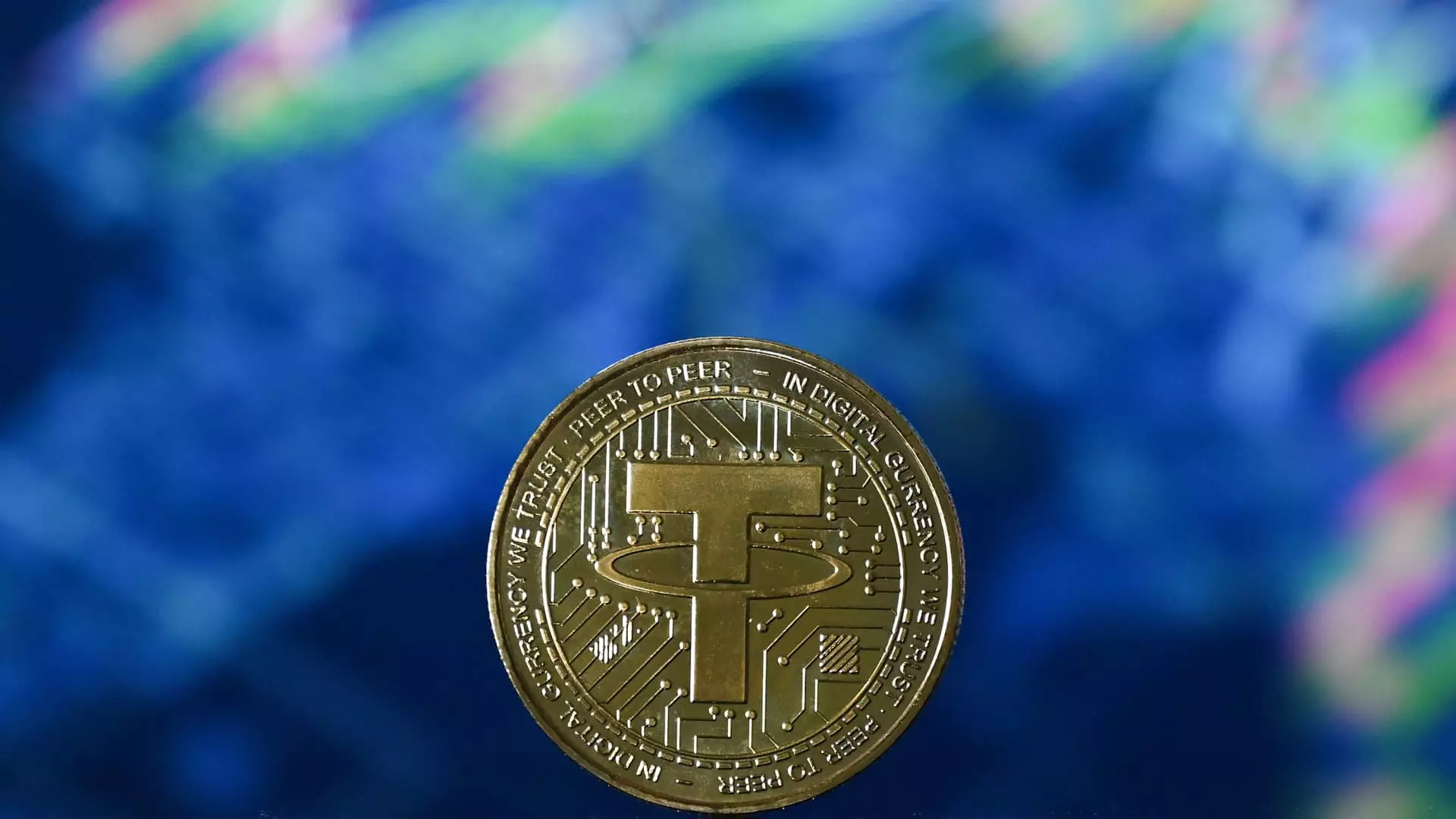Recently, the Securities and Exchange Commission (SEC) dropped a significant statement regarding stablecoins, asserting that certain stablecoins are not classified as securities. This declaration, particularly focused on “covered stablecoins,” has sent ripples through an already volatile cryptocurrency market. While on the surface, it appears to be a soothing balm meant to regulate the fast-growing sector, a deeper examination reveals a more complex situation. The SEC’s definition is riddled with implications that deserve scrutiny, especially if we consider the fragile ecosystem surrounding these digital assets.
Stablecoins are generally designed to maintain their value in relation to the U.S. dollar in a one-to-one format. They are backed by reserves that are considered low-risk. However, the SEC has carefully added that these instruments cannot provide interest payments to users. This leads one to question the design and intention behind these assets. If the SEC is drawing a clear line, it opens the door to further regulatory confusion. Are we really protecting consumers, or are we restricting innovative financial instruments that could benefit the public?
The Impending Legislative Battleground
The SEC’s clarification comes at a fortuitous moment. Congress is deliberating its first major piece of cryptocurrency legislation, focusing heavily on stablecoins. However, there’s a significant schism in how lawmakers plan to address these assets. With two key pieces of legislation in contention, the landscape is rife with potential pitfalls for investors and issuers alike.
The legislation titled STABLE, recently approved by the House Financial Services Committee, aims to enhance transparency and accountability. In contrast, the GENIUS Act, introduced by Republican senators, takes a slightly different approach, though details remain sparse. Such conflicting frameworks point to the larger ideological divide in Congress concerning financial innovation. It’s an unsettling moment, exposing how crypto regulation could become a battleground in America’s polarized political environment. Will our leaders prioritize innovation, or will tight regulation stifle it?
The Opportunities Lost in a Stagnant Market
Stablecoins are touted as the next “killer app” of crypto—an assertion substantiated by their astronomical growth in market size. Yet, there’s a feeling of stagnation lurking beneath the surface. Tether and USD Coin remain the dominant forces, while other players struggle to gain traction. The absence of interest payments is not merely a regulatory quirk; it hamstrings the potential for wealth generation for millions of ordinary users hoping to leverage crypto for more than just trading.
Coinbase CEO Brian Armstrong has voiced concerns over this limitation. His insistence that consumers should benefit from interest on stablecoin holdings reflects a broader sentiment that the current regulatory framework may not just hinder growth but actively wall off potential gains for average users. In a world increasingly leaning toward decentralized finance (DeFi), why should we accept regulations rooted in outdated financial paradigms?
The Tricky Terrain of Yield-Bearing Stablecoins
An interesting paradox emerges when considering yield-bearing stablecoins, which the SEC seems to suggest would fall under securities law. This burgeoning market is reflective of an evolving financial landscape—one where traditional notions of saving and investing are being challenged. With the market capitalization of yield-bearing options skyrocketing to an impressive $13 billion, or 6% of the total stablecoin universe, it is glaringly evident that the pressure for regulatory clarification is mounting.
This tension between innovation and regulation could have far-reaching implications. If the SEC and lawmakers fail to adapt alongside the cryptocurrency market, they risk missing out on a golden opportunity to enhance financial inclusivity. The growth in yield-bearing stablecoins demonstrates a clear demand, and yet, the regulatory framework has yet to keep pace with consumer sentiment.
The Need for Proactive Regulation
The dynamic nature of the crypto landscape demands a government response that is both responsive and forward-thinking. Proactive measures can foster an environment that allows for technological innovation while safeguarding public interests. As it stands, the SEC’s recent ruling may appear as a sign of acceptance, but the restrictive definitions could inadvertently stifle the very progress they aim to protect.
In a rapidly evolving world where digital assets are swiftly becoming mainstream, we must advocate for regulatory measures that empower individuals while ensuring market stability. The conversation must move beyond labeling stablecoins as mere securities or non-securities and evolve into a more nuanced discussion that accounts for the various iterations of these digital assets.
As both consumers and investors navigate this precarious financial landscape, the stakes have never been higher. The question remains—in our race towards financial innovation, will we allow antiquated regulations to tether our potential, or will we defy the odds and embrace the change the market so eagerly awaits?

